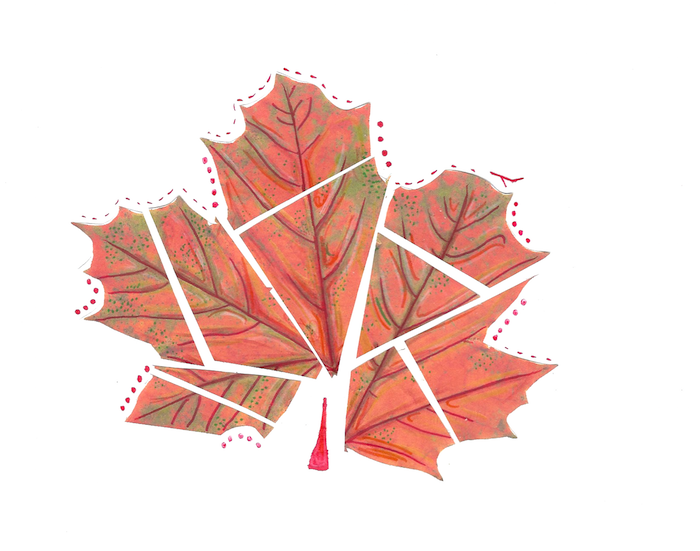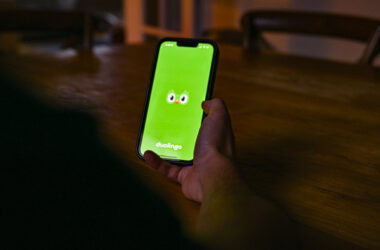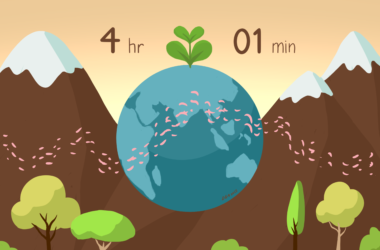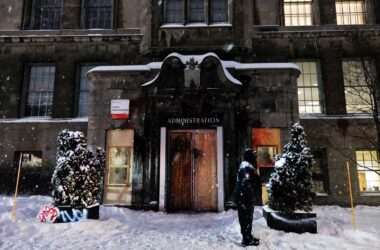Back at my international high school in Tokyo, I could answer this seemingly simple question with, “I was born in Canada, but I was raised in Japan,” and that would be that. Many of my friends answered with two or three countries and it seemed like a perfectly-appropriate reply. However, my answer became complicated when I first arrived in Montreal this August. When friendly faces would ask me where I was from, I had to pause. Am I allowed to call myself a Canadian, even though I’ve never lived here? Despite having been born in Victoria, B.C and having a Canadian passport, I have spent my entire life in Tokyo. Identifying as just ‘Canadian’ or ‘Japanese’ seemed reductive—like I would be throwing away half of my identity. On the other hand, saying ‘Tokyo’ would be so much simpler than giving a stranger my whole story.
McGill is an inclusive, diverse campus, with students from over 150 countries making up 30 per cent of our student body. Even though we may be a global community, we still categorize students as either ‘international’ or ‘Canadian,’ when there are so many of us who do not fit into either. Even with the plethora of international clubs and associations that cater to foreign students, in-between Canadians are left out because we challenge their categorizations.
While I was in the same position as many of my international friends coming from Tokyo, I still felt a wave of uneasiness, for not completely fitting in. My friends talked about difficulties they faced getting their immigration documents and the culture shock of living in an English-speaking country, but I could not completely sympathize. I was in an entirely disparate situation—I did not have to acquire a Certificate of Acceptance to Quebec (CAQ), but I was ineligible for government insurance. Although I can speak Japanese, English is my first language. Canadians who grew up in Canada already belong and are comfortable, while I was stuck right in the middle.
It is evident, however, that we are making attempts at normalizing mixed-race identity. An excellent example is Patricia Edmonds’ cover story on half-black, half-white fraternal twins for National Geographic’s April 2018 Race Issue. While the article does, indeed, shed a positive light on biracial people, its focus is on the twins’ visible differences rather than their identities and experiences, demonstrating the need for progress in our understanding of racial categorization.
When reflecting back on my own experience as a half-white, half-Japanese student in Tokyo, my appearance was the first thing that set me apart from others when I introduced myself. I still remember attending a Japanese cram school session when I was in grade school and getting called half, or hafu — a somewhat-derogatory term used in Japan to refer to a biracial person—by both the students and teachers. While they would think of the term as a compliment, telling me how big my eyes were and how beautiful my skin was, it made me feel diminished to ‘half’ of a whole and left me feeling like a foreigner in my own country.
As to where I’m from, I still don’t have a clear answer. Both countries are a part of who I am, and yet, I don’t fit nicely into any category. I am in-between, I’m half, or hafu, but never a whole. While I still think that this provides me with my own individuality, a difference that I find exciting, it also leaves me with an eerie feeling of not belonging to a community. It’s nice being different, but social expectations still have to catch up with the realities of global diversity and multi-nationalism.








